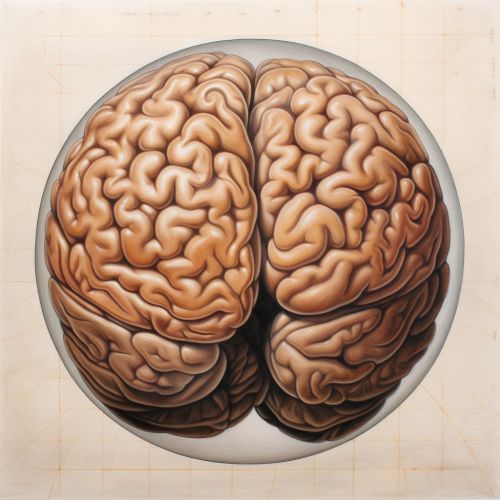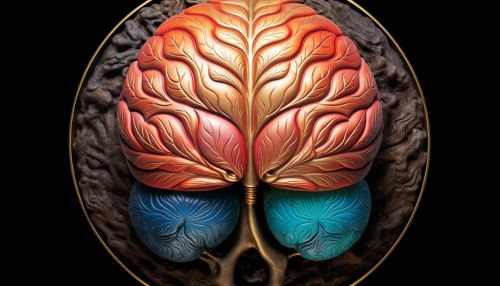Cerebral Hemisphere
Anatomy
The cerebral hemisphere refers to one of the two symmetrical halves of the brain. They are divided by a groove known as the longitudinal fissure. Each hemisphere is conventionally divided into four lobes: the frontal lobe, parietal lobe, temporal lobe, and occipital lobe.


Function
Each cerebral hemisphere is responsible for the sensory and motor functions of the opposite side of the body. This is due to the crossing of nerve fibers in the medulla oblongata or the spinal cord. The left hemisphere is typically dominant in right-handed individuals and is responsible for language and speech. Conversely, the right hemisphere is dominant in left-handed individuals and is associated with spatial and nonverbal concepts, as well as the control of the left side of the body.
Hemispheric Specialization
Hemispheric specialization, also known as lateralization, refers to the idea that one hemisphere has specialized functions or exerts greater control over a particular function. The most evident example of hemispheric specialization is language, where, in most right-handed individuals, language processing occurs predominantly in the left hemisphere.
Connectivity
The two cerebral hemispheres communicate with each other through a thick band of 200-250 million nerve fibers called the corpus callosum. This interhemispheric communication allows for the integration and coordination of sensory and motor information.
Development
The development of the cerebral hemispheres begins early in embryonic life. The process, known as neurogenesis, involves the proliferation of neural stem cells and their subsequent differentiation into mature neurons. This is followed by a period of intense growth and organization, where neurons migrate to their final destinations and begin to form connections with other neurons.
Pathology
Various diseases and conditions can affect the cerebral hemispheres. These include stroke, traumatic brain injury, tumors, and degenerative diseases such as Alzheimer's disease. The specific symptoms and prognosis depend on the location and extent of the damage within the hemisphere.
